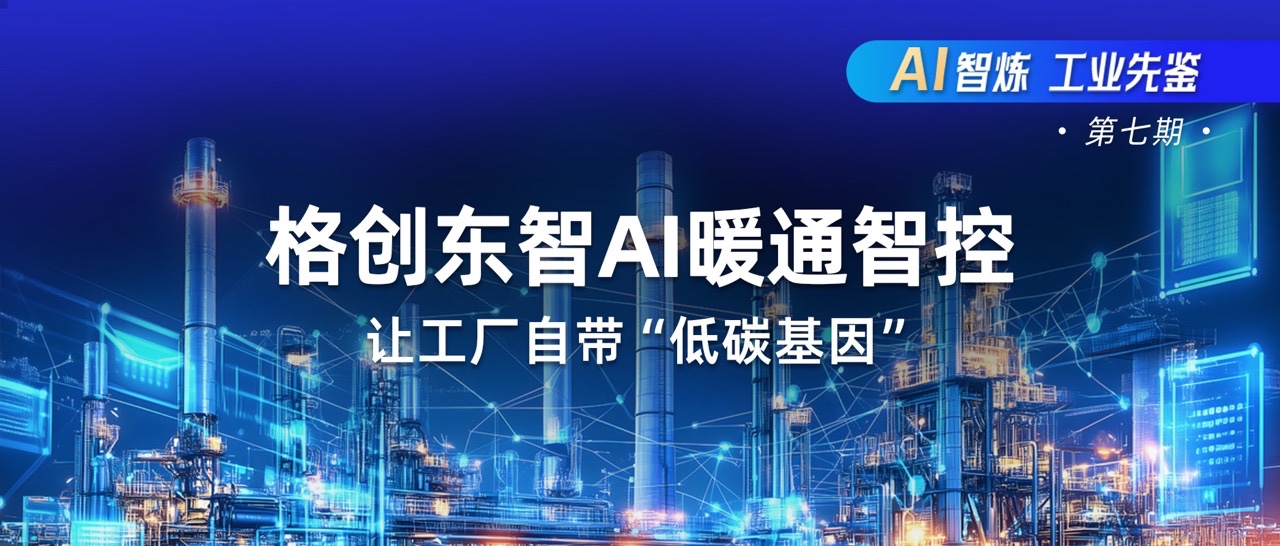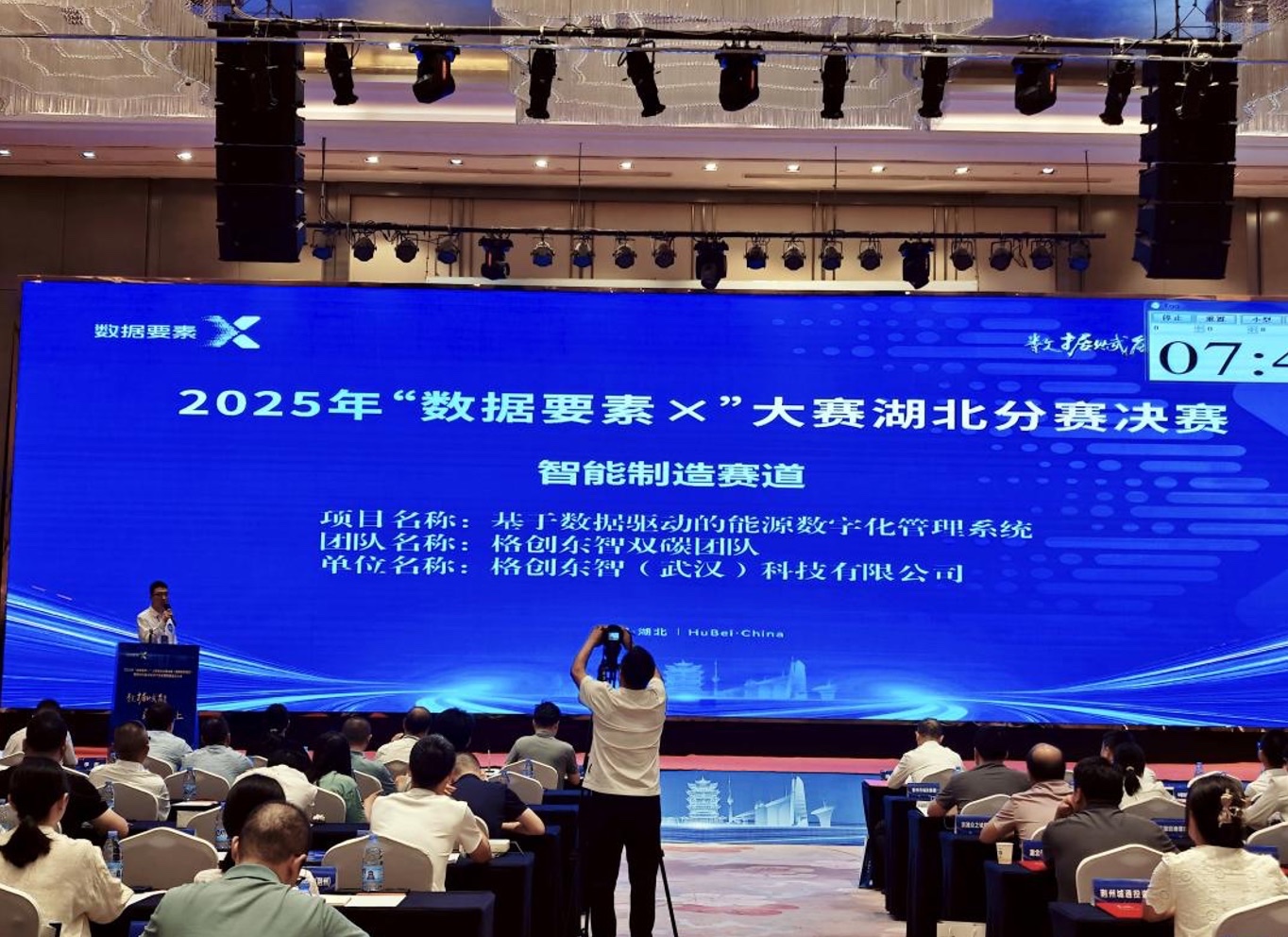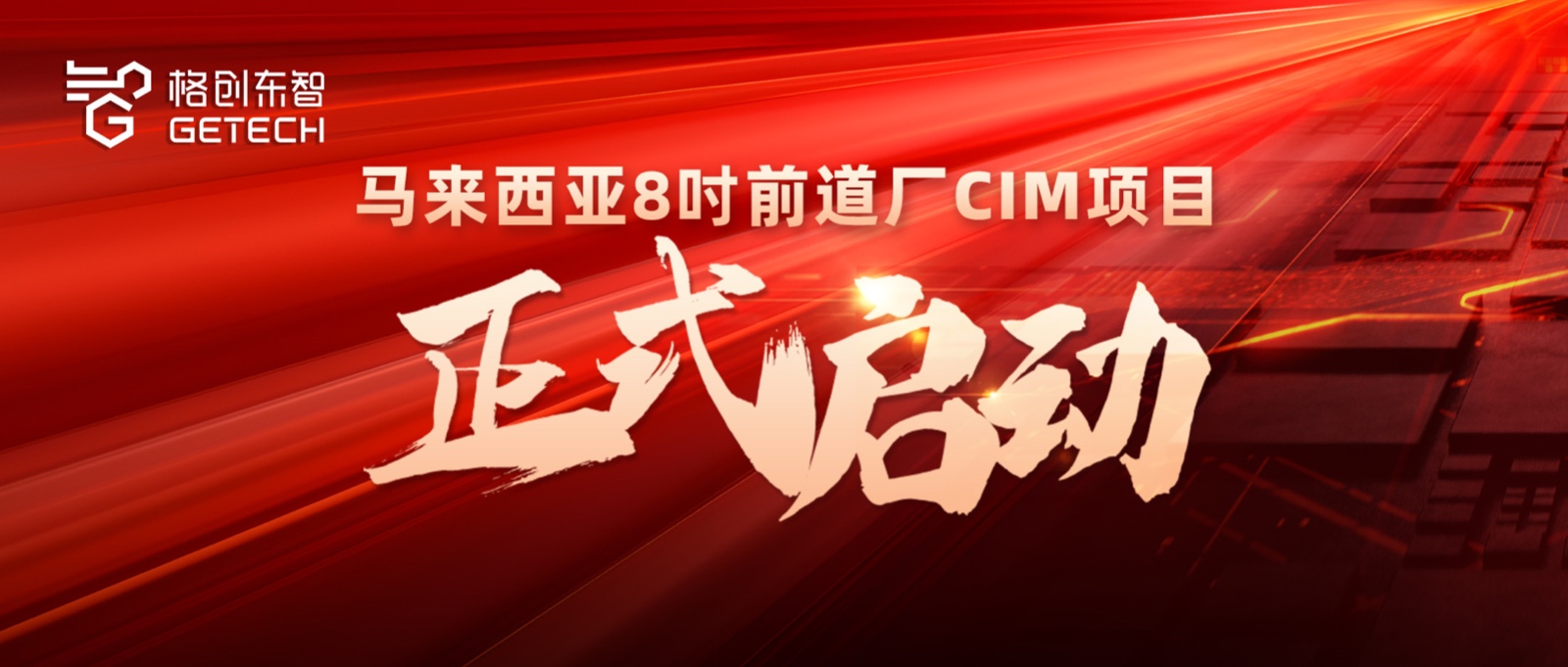GETECH: Five Pathways to Assist Manufacturing Green Transformation
In the 2024 Green Manufacturing List, 1,382 new national-level green factories, 123 green industrial parks, and 126 green supply chain management enterprises were newly cultivated. The "Green Factory Gradient Cultivation and Management Measures" issued by the Ministry of Industry and Information Technology (MIIT) promote a three-tier "national-provincial-municipal" cultivation mechanism, driving localities to cumulatively cultivate over 16,000 green factories at provincial and municipal levels. The "Guiding Opinions on Accelerating the Green Development of Manufacturing" propose that by 2030, the green and low-carbon transformation of manufacturing will achieve significant results, with the output value of green factories exceeding 40% of the total manufacturing output value.
Green development is the foundation of high-quality development. Currently, accelerating the green transformation of development models, strengthening green manufacturing, developing green and low-carbon industries and supply chains, and building a green, low-carbon, circular economic system are key focuses for industrial internet enterprises in empowering new industrialization.
What are the pathways for manufacturing green transformation?
Data shows that the number of national-level green factories has reached 6,430, with their output value accounting for approximately 20% of the total manufacturing output value, covering 34 industries including electronics, automobiles, and chemicals. There are over 370 national-level green industrial parks, with a comprehensive industrial solid waste utilization rate exceeding 55%.
Although significant progress has been made in the green transformation and upgrading of manufacturing, and a green manufacturing system is gradually taking shape, imbalances exist between regions and industries. The green manufacturing level in the eastern region is leading; for example, the energy intensity of Suzhou Industrial Park is only one-third of the national average, while the central and western regions still need to catch up. Although the proportion of high-energy-consuming manufacturing has decreased, the carbon emission intensity in industries such as steel and cement remains relatively high.
In an interview with the "Industrial Internet World" & "Communication Industry News" all-media reporters, GETECH stated that manufacturing green transformation requires aiming for a "full-chain low-carbon ecosystem," achieving systemic change from product design to industrial chain collaboration. It involves five dimensions: green design, manufacturing processes, production processes, carbon emission control, and industrial synergy, forming an end-to-end closed loop of "product energy reduction → process efficiency improvement → production decarbonization → carbon visibility → ecological symbiosis."
Pathway One
Green Design Innovation Addresses High-Carbon Challenges at the Source. Green design, as the "starting point" of the value chain, achieves systemic carbon reduction through source control and has become a core strategy for industrial sustainable development.
Pathway Two
Process Revolution Breaks the "High-Precision - High-Energy-Consumption" Paradigm to Define New Manufacturing Models. Targeted optimization of production processes and the application of AI technology in production workflows enable energy conservation and carbon reduction throughout the entire production process. Combined with AI-powered dynamic intelligent regulation, it redefines the energy efficiency limits of high-precision manufacturing.
Pathway Three
From Single-Point Breakthroughs to System Collaboration to Unleash Full-Chain Energy Efficiency Potential. Based on the energy consumption characteristics and current status of high-end manufacturing, targeted approaches such as energy-saving technological retrofits and the introduction of new energy sources achieve optimized adjustments in the production process, saving energy and improving efficiency.
Pathway Four
Building a Carbon Management System for Carbon Footprint Traceability. Leveraging digital technology to establish a carbon management system, applying cutting-edge technologies for decarbonization, and building a product carbon footprint management platform to enable carbon footprint information traceability.
Pathway Five
From Individual Factories to Full-Chain Ecosystem for Zero-Carbon Operation. Through infrastructure innovation and supply chain collaboration, extend zero-carbon practices from factories to the entire industrial chain.
What are the Challenges?
With the large-scale application of technologies such as AI algorithm models and Multi-Agent systems, manufacturing will achieve full-chain energy-carbon collaborative management, driving green manufacturing from single-point breakthroughs towards a full industrial chain ecological transformation, unleashing the potential for high-quality development.
GETECH points out that some challenges remain in the practice of green manufacturing:
Crude Energy Management, Low Level of Digitalization and Intelligence
90% of manufacturing enterprises are at Level 2 or below in energy digitalization, primarily relying on manual meter reading and local digital monitoring. They only achieve single-point energy savings and lack plant-wide dynamic optimization capabilities.
Severe Data Fragmentation
Energy-carbon data and production/equipment data are scattered across independent systems like MES and ERP. Insufficient real-time monitoring coverage leads to high error rates in carbon emission accounting. Efforts are mainly focused on single-scenario energy savings, lacking plant-wide energy management perspective, making energy and carbon data unlinkable. Group and Factory Management are Disconnected: Carbon asset management from the group perspective is disjointed from energy consumption control at the factory level, lacking a unified approach. Departments for energy saving, carbon management, and ESG are separate, making it difficult to effectively integrate information and achieve maximum synergistic benefits.
Carbon Management Lags Behind Transformation Needs
Post-fact accounting dominates. Current carbon management in large manufacturing is mostly post-event accounting management, making it difficult to manage carbon during production and achieve continuous optimization, hindering the goal of "production equals decarbonization."
Unclear Benefits of Energy Saving and Carbon Reduction Solutions
Enterprises mainly engage in campaign-style energy saving and audit-driven carbon reduction. Single-product energy consumption and carbon emissions show no significant reduction effect, lacking motivation for continuous investment in sustainable energy saving and carbon reduction.
GETECH believes that guided by the "Dual Carbon" goals, the national policy system is accelerating its improvement, providing systematic support for the industry. The deep integration of greening with digitalization and intelligence becomes the core path. AI and big data technologies, by optimizing production processes and building carbon footprint traceability systems, are breaking traditional energy efficiency bottlenecks and addressing challenges like crude energy management and data fragmentation.
GETECH Assists Manufacturing Green Transformation
It is understood that GETECH's Multi-Agent AI Energy-Carbon Brain Platform can, based on the enterprise's overall sustainable development goals and current energy-carbon management status, and targeting the actual energy-carbon needs of industrial scenarios, utilize cutting-edge technologies such as Multi-agent large models, AI algorithms, big data, and cloud computing. Driven by AI, it achieves "prediction + optimization + control" across three dimensions: energy management optimization, enterprise carbon management, and energy-saving/carbon reduction optimization for auxiliary equipment like HVAC and air compressors in production processes.
GETECH states that in assisting manufacturing green transformation, it primarily employs the following key technologies and management methods:
In Product Design
Relying on AI intelligent algorithms and carbon emission models, build an LCA (Life Cycle Assessment) full-lifecycle modeling and prediction system. By conducting carbon footprint modeling and emission simulation for product structure, materials, and process paths during the early design stage, high-carbon links are precisely identified, design schemes are optimized upfront, achieving low-carbon design from the start.
In Manufacturing Processes
Integrate digitalization and AI technology to build energy consumption modeling and real-time monitoring systems. Focus on the whole-process management and comprehensive energy efficiency analysis of energy mediums like water, electricity, and gas. Intelligently identify high-energy-consumption scenarios, potential energy waste, and inefficiency issues, aiding in precise identification of energy-saving optimization spaces. Provide targeted energy-saving optimization and retrofit suggestions, promoting process path re-engineering and systemic energy efficiency upgrades.
In Production Manufacturing
Focus on structural optimization of the energy supply side and dual-dimensional energy efficiency improvement on the energy consumption side, forming systematic energy-saving and carbon-reduction paths.
On the supply side: Adjust the energy structure, use digital technology to manage and control new energy facilities like wind, solar, storage, and charging, improving energy operation and dispatch efficiency.
On the consumption side: Implement dual-track improvements in energy efficiency through technical energy saving and management energy saving.
For technical energy saving: Combine AI algorithms with industry know-how mechanism models to carry out intelligent optimization control for high-energy-consumption systems like HVAC and air compression, achieving optimal energy efficiency.
For management energy saving: Based on full-process data integration and business process streamlining, build an intelligent energy assessment system and lean management mechanism to support continuous energy-saving improvements and carbon performance enhancement for enterprises.
Example (Key High-Consumption Scenario in High-End Manufacturing - HVAC Systems):AI Model + Mechanism Model breaks through single high-consumption scenario energy saving. Combining AI and mechanism model algorithms, simulate the optimal operation strategy for equipment rooms and issue real-time commands to achieve highly efficient operation. Enables real-time monitoring, linkage optimization, and energy efficiency improvement, enhancing management efficiency.
Additionally, in Management: Big data and AI technologies help enterprises enhance dual management capabilities for organizational carbon and product carbon, building an intelligent, full-process carbon management system.
Organizational Carbon
Build a carbon emission data management system to achieve intelligent collection, dynamic monitoring, and precise verification of emission data, identifying key carbon sources and assisting in formulating emission reduction paths. Based on AI prediction models, simulate carbon peak and carbon neutrality scenarios to help enterprises set scientific carbon emission control targets.
Product Carbon
Combine material and process parameters to build a product emission reduction database. AI assists in comparing carbon emissions for different design paths and manufacturing schemes, providing customized emission reduction strategies and design recommendations, helping products achieve carbon-optimal configuration throughout their lifecycle.
From GETECH's perspective, through the dual drive of "Dual Carbon Consulting + Digital Platform," it empowers the entire industrial chain towards zero-carbon operation. Leveraging deep industry consulting capabilities, combined with operational experience in carbon reduction and supply chain collaboration, it assists supply chain enterprises in identifying emission reduction paths and formulating transformation plans. Simultaneously, it builds supplier information platforms and carbon chain databases to construct a green supply chain system, enabling product carbon footprint tracking and the implementation of full-chain collaborative carbon reduction.





